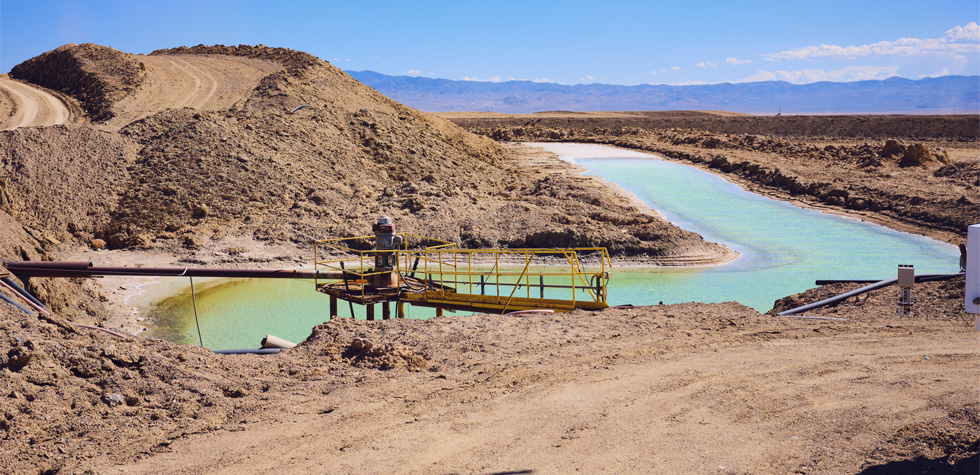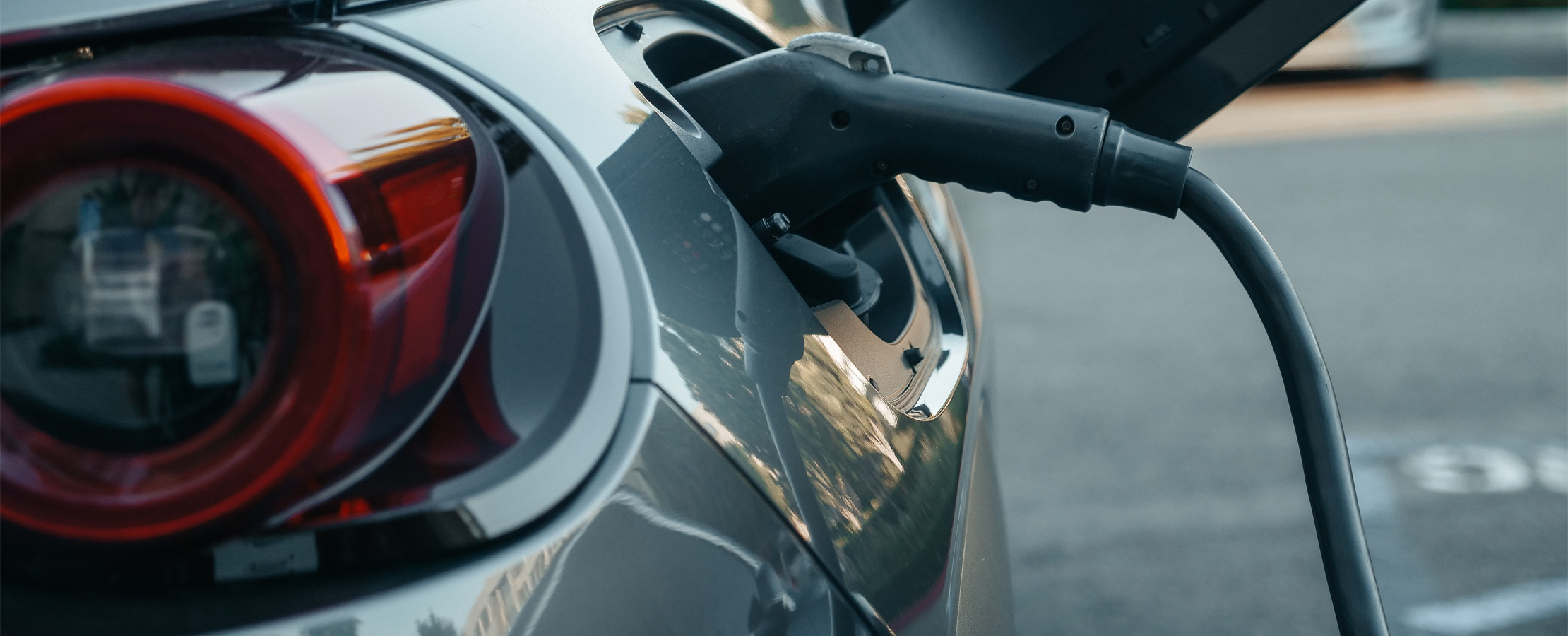Lithium Rush: How Can We Meet Growing Demand?
The energy transition has prompted a sudden surge of demand for lithium. But where does it come from, and at what cost?
A soft, light, silvery-white metal is at the core of the energy transition. Lithium and lithium compounds have many industrial applications, including in lithium-ion batteries: the dominant battery type found in consumer devices and EVs. A single 70kWh Tesla Model S battery pack, for example, is estimated to contain 63kg of lithium.
Lithium rush
With countries, companies and consumers all pursuing electrification as a pillar of climate action, there has been a sudden surge in demand for lithium for car and grid-scale batteries.
In 2020, around 0.4 million metric tons of the lithium intermediate, lithium carbonate, was produced. But demand could reach 3.3 million metric tons by 2030, according to McKinsey. This growth is largely driven by increasing battery production, with 95 percent of extracted lithium predicted to go into batteries by the end of the decade. This up from around 30 percent in 2015, with the majority being used in glass, ceramics and greases.
Lithium mining today
Commercial lithium mining was, for much of the latter half of the twentieth century, dominated by US operations centered on North Carolina. Today, however, less than one percent of lithium is mined in the US. Now the world’s leading lithium producer is Australia, with annual extraction of 55,000 metric tons, largely from deposits of spodumene (a mineral containing lithium) in Western Australia. It is followed by Chile (26,000 metric tons), China (14,000 metric tons) and Argentina (6,200 metric tons).

According to the US Geological Survey, there are lithium reserves of around 21 million metric tons worldwide. The country with the most abundant lithium reserves is Chile, with approximately 9 million metric tons. With lithium reserves in neighboring Argentina and Bolivia, there’s much interest in this region.
As demand for lithium continues to rise, there has been growing interest in kickstarting US- and EU-based lithium extraction. In summer 2021, US President Joe Biden signed an executive order calling for EVs to comprise half of all new vehicle sales by 2030, while the recent Inflation Reduction Act also spurred domestic demand for lithium to establish local battery supply chains. This could lead to a revival of lithium mining activity in North Carolina. Similar activity in the EU has prompted increased lithium extraction in Portugal.
The future of lithium
The lithium mining industry has attracted its share of controversy, largely for its environmental impact. It has been associated with biodiversity loss, soil and water contamination and water loss in some of the driest places on Earth. This has prompted calls for more sustainable approaches to the extraction of lithium.
There is hope that emerging approaches such as direct lithium extraction – removing lithium from a brine solution and then purifying it – could help meet demand while taking less of a toll on the environment. This approach, which has been used on a commercial scale in Argentina and China, could allow for lithium extraction with lowered fresh water use.
Meanwhile, many researchers are working to develop alternative EV and grid-scale batteries that do not contain lithium and other critical minerals that come with a severe environment and social cost, such as cobalt. R&D in this area, while at a relatively early stage, might reduce pressure on the world’s limited lithium reserves in the medium- to long-term.






